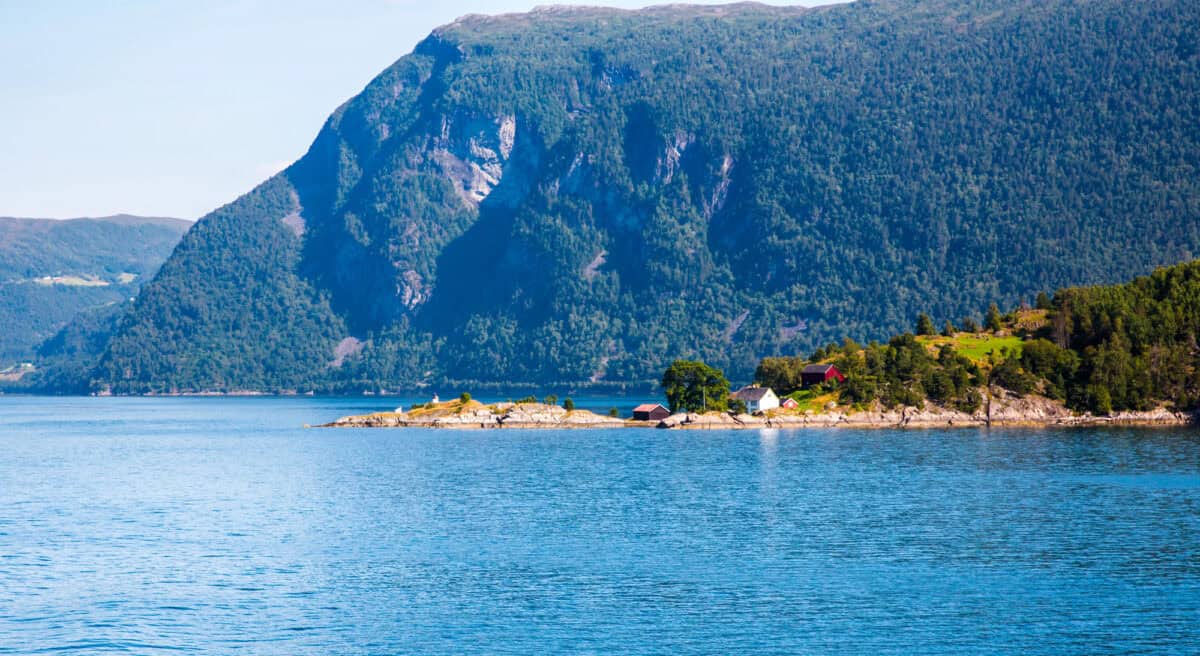Norway is one of the premier destinations globally for observing orcas, also known as killer whales, in their natural habitat. The majestic coastal waters of this Scandinavian country provide the perfect environment for these apex predators. Whether you’re a nature enthusiast, a marine biologist, or simply an adventure-seeker, witnessing orcas in Norway offers an unforgettable experience. This article delves into the reasons behind Norway’s reputation as a hotspot for orca watching and explores the natural dynamics that make these waters conducive to their thriving presence.
The Rich Marine Ecosystem
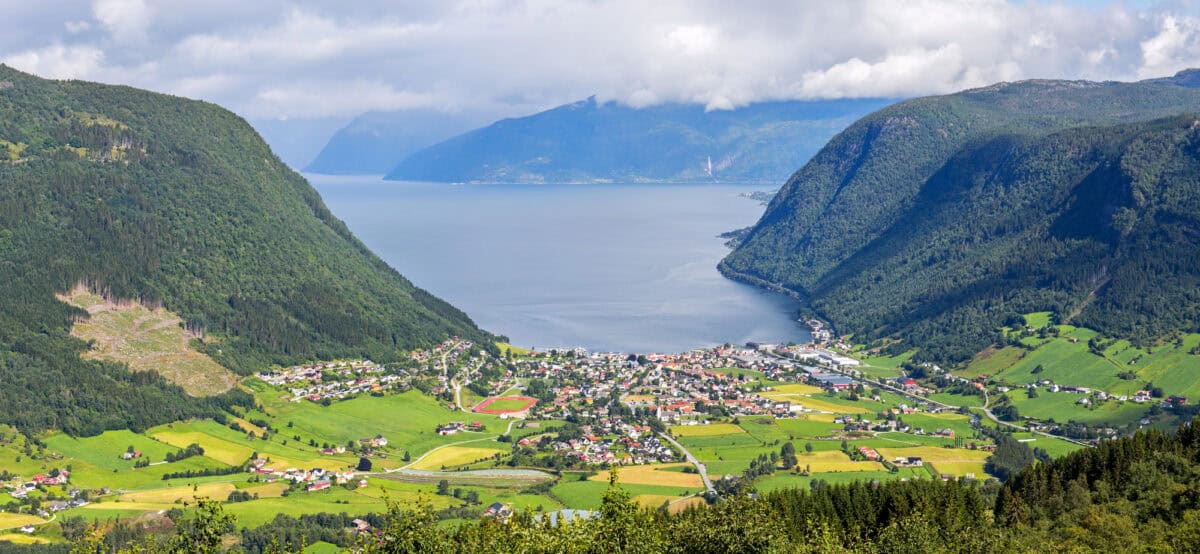
Norway’s rich marine ecosystem is the primary reason it is an excellent place for orca sightings. The country’s extensive coastline, fjords, and cultural emphasis on preserving nature offer a diverse and healthy environment. The Atlantic Ocean’s currents bring nutrient-rich waters to Norwegian shores, fostering a complex food web that supports a variety of marine life, including fish like herring, one of the orcas’ favourite prey.
The annual migration of herring to the Norwegian fjords creates a natural spectacle that supports the thriving fishing industry and attracts large pods of orcas to hunt. This seasonal abundance of food provides orcas with ample feeding opportunities, making the fjords one of the most reliable places to observe their natural behaviors, including hunting and social interactions.
Ideal Viewing Seasons

Norway offers distinct seasons that cater to orca watching. The best time for sightings is typically from November to February when herring swims to the fjords for spawning. This period coincides with Norway’s winter months when orcas gather in significant numbers. The fjords of Tromsø and Andenes, in particular, have become hotspots for orca activity, offering visitors a unique opportunity to see them up close.
Winter’s short daylight hours might seem like a limitation. Still, they often add an otherworldly quality to the experience, with the possibility of witnessing the Northern Lights illuminating the Arctic sky as a backdrop to the marine action below.
The Spectacle of Fjords
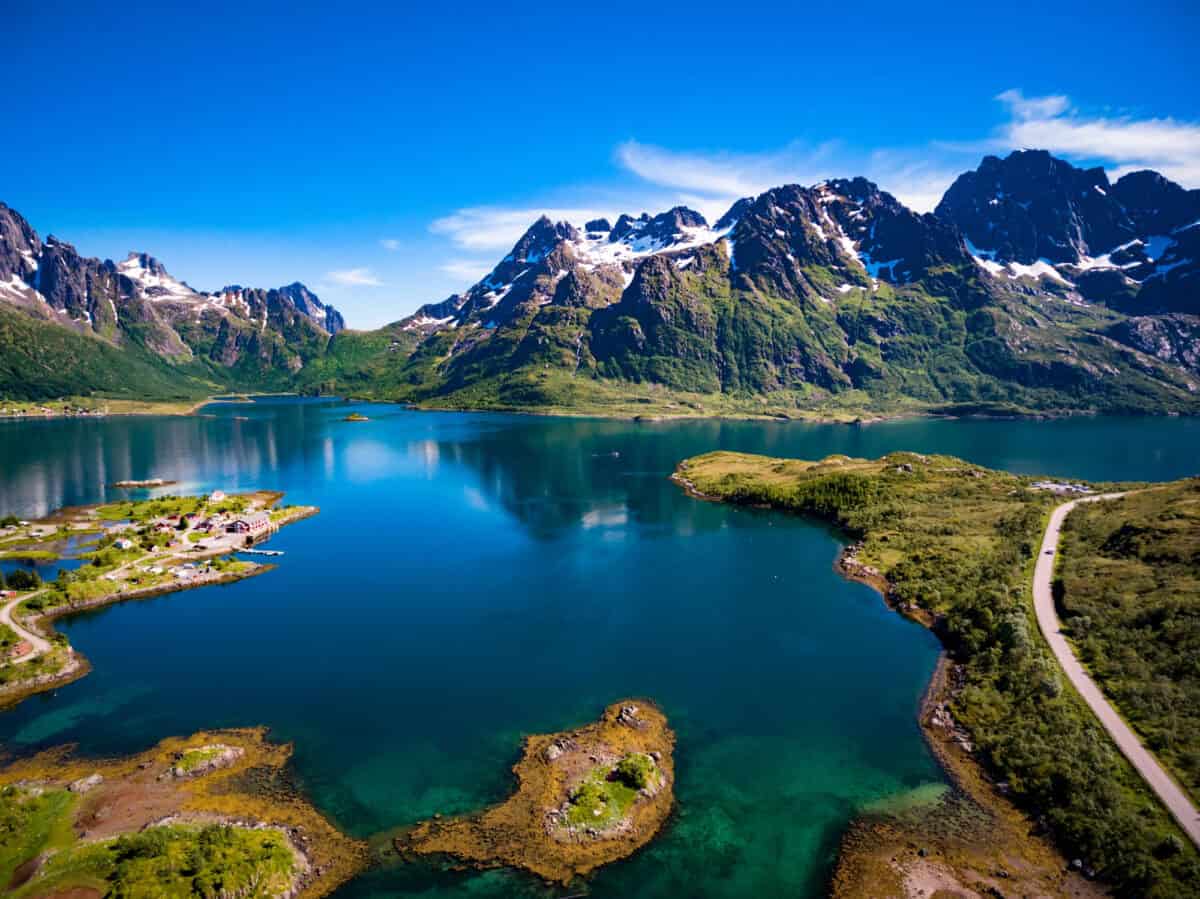
The Norwegian fjords themselves are essential in providing a perfect setting for viewing orcas. These deep, glacially carved inlets serve as natural paradises with calm waters ideal for boat tours. As orcas navigate the fjords, their presence creates dramatic encounters amplified by the towering cliffs and serene environment.
The unique geography enhances the viewing experience and provides a robust habitat for many types of marine life. Moreover, the enclosed setting of the fjords allows tour operators to bring enthusiasts closer to orcas without disturbing the animals, ensuring sustainable tourism practices are upheld.
Ethical Guidelines and Conservation Efforts
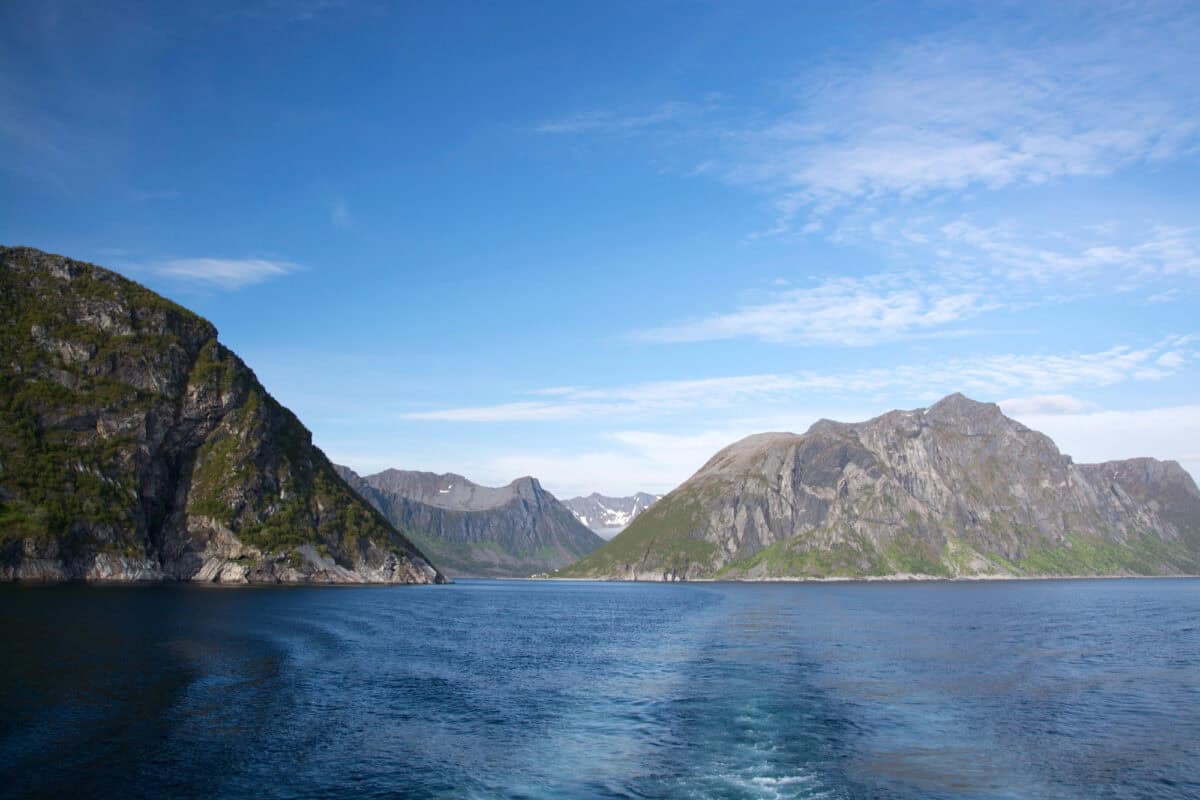
Norway’s commitment to marine conservation sets a positive precedent for sustainable wildlife tourism, ensuring that orca populations remain healthy and thriving. Both governmental and local stakeholders are invested in maintaining ethical guidelines, which include educational elements about orca biology and conservation.
Eco-friendly tours are prominent, emphasizing respect and minimal disturbance to wildlife. By choosing responsible operators, visitors not only enjoy a fulfilling experience but also contribute to ongoing conservation efforts. This commitment to sustainability helps Norway maintain its pristine conditions that continue to support rich marine biodiversity.
The Unique Social Structure of Orcas

Orcas are highly intelligent creatures known for their complex social structures and behaviors. They live in pods led by a matriarch and have intricate social bonds. Visitors to Norway can witness these interactions firsthand, from cooperative hunting techniques to playful behaviors among calves and juveniles.
Each pod has its dialect, hunting technique, and social norms, which offer researchers a unique opportunity to study them. This knowledge not only furthers scientific understanding but enriches the experience for those seeking to observe orcas beyond the surface level.
Conclusion
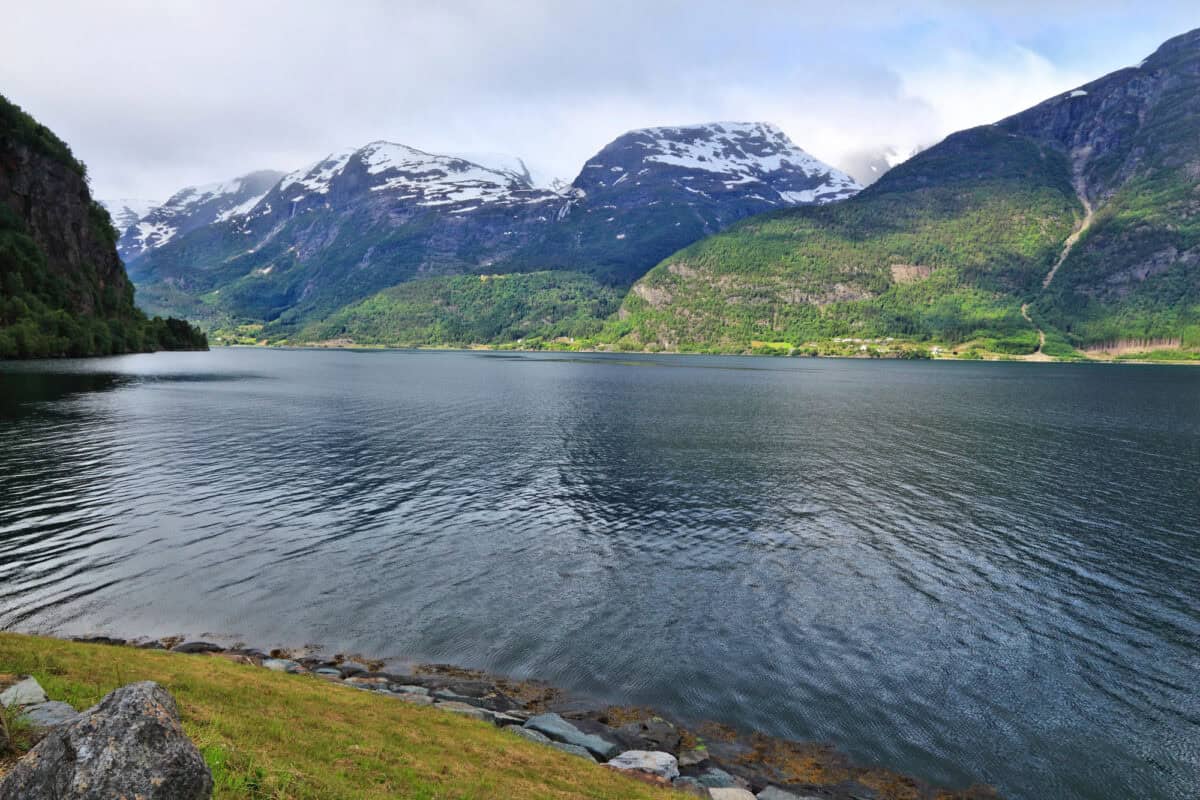
From the rich marine ecosystems fortified by herring migration to the stunning backdrop of Norway’s fjords, the combination of factors ensuring sustaining and frequent orca sightings makes Norway an unparalleled destination for observing orcas in their natural habitat. More than just a spectator sport, orca watching in Norway provides a window into the lives of one of the ocean’s most fascinating creatures, replete with natural wonder and scientific intrigue.
With a strong emphasis on conservation and ethical tourism, visitors can rest assured that their experience contributes positively to preserving these majestic animals for future generations. Norway offers not just a chance to see orcas but to connect deeply with the marine world, crafting memories that intrigue and inspire.
- Why Orcas Are Outwitting Great White Sharks Near the California Coast - August 9, 2025
- 12 Reasons Idahos Dogs Might Be the Happiest in the U.S. - August 9, 2025
- 14 Rare Horse Breeds You Didn’t Know About - August 9, 2025

